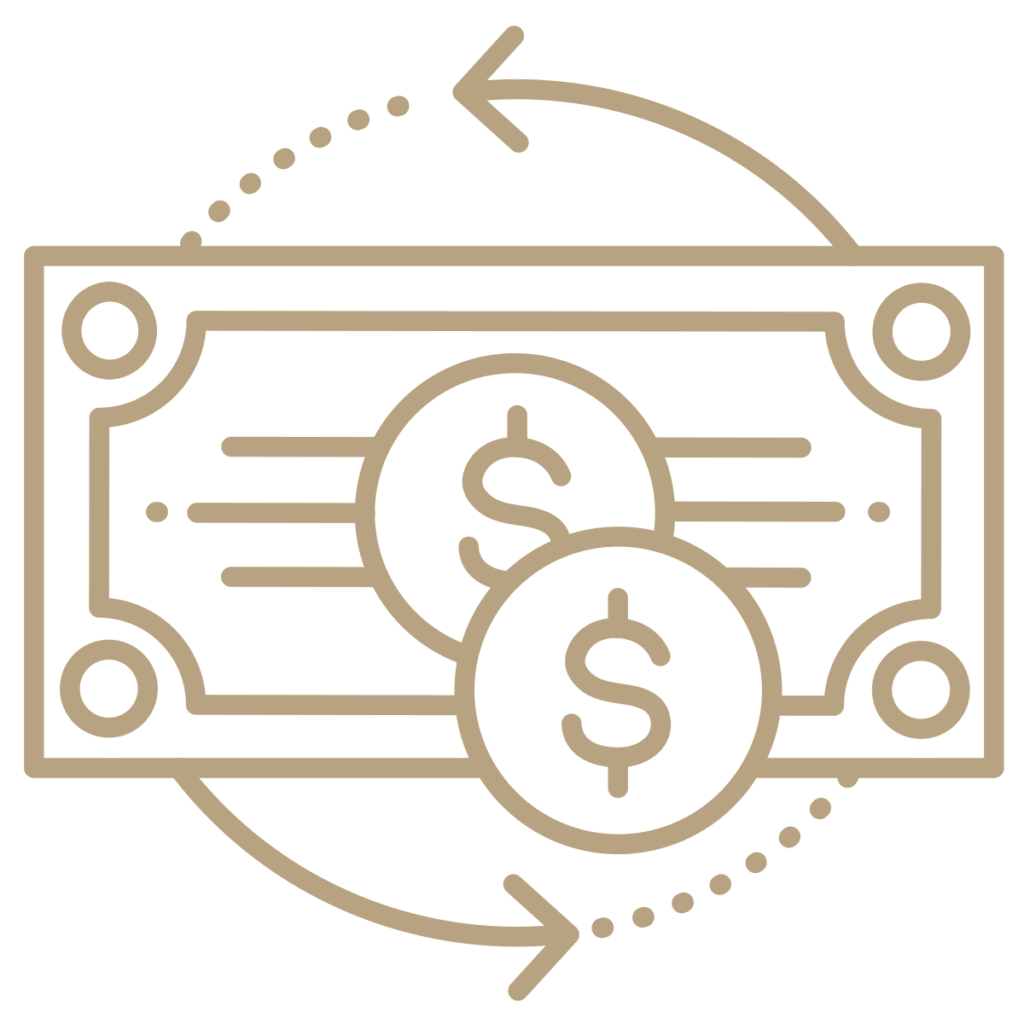The Research and Development Tax Credit (“R&D Credit”) was enacted in 1981 as part of the Economic Recovery Act. The qualified research is identified by examining qualifying research activities and then subsequently isolating expenditures related to employee wages, outside consulting costs, and certain material expenses.


Taxpayers may claim credits back three years and carry forward unused credits for up to 20 years.
Utilize the federal R&D tax credit against payroll tax (applicable to certain startup companies).
The R&D Credit allows companies, of any size, to claim a dollar-for-dollar reduction in tax liability for conducting qualified research within the United States.
For every dollar identified as ‘qualified’ you can receive an 8-10% tax credit.
Ex. Your business has $1 Million in qualified expenditures, then you qualify for an $80 – $100 K dollar-for-dollar tax credit that can be applied to the taxes your business owes.
When it comes to the tax code, the definition of what may qualify as research and development is extremely broad, and includes any work performed that involves design or development to create a new or improved business component. A business competent can be either a product, process, formula, invention, technique or software. Industries that qualify for the R&D credit are extremely expansive. Below is a non-exhaustive list of qualifying industries:





















We gather preliminary financial and project information to develop a high-level credit estimate for the selected tax years. If no potential credits are identified, credits are minimal, or it would not make sense to proceed with the credits from a taxpaying position, we terminate our contract at no cost.
We work closely with the client to gather detailed employee and project information and documentation. Additionally, we conduct interviews to establish qualifying employee activities and tie those qualifying activities to projects or endeavors the company undertakes. This allows us to refine our high-level estimate and calculate a final tax credit for the company.
During this phase, we document a deliverable that substantiates the company’s research and development activities as it relates to all qualifying expenditures. The report includes applicable statutory and regulatory information to ensure that all components of the claimed R&D Credit are accounted for and will withstand IRS scrutiny.
In December of 2015, Congress passed the PATH Act that made the R&D credit a permanent part of the tax code. This was a big win for small and medium sized businesses. Companies can now forecast and budget accordingly knowing the credit will be available for years to come.
One of the enhancements to the R&D credit was the ability to offset payroll tax for startup companies. Qualified Small Businesses (less than $5 million in gross receipts and with gross receipts of 5 years or less) can use the R&D Credit to offset employer payroll tax, which is capped at $250,000 for each applicable tax year beginning in tax year 2016. This allows companies who are not profitable, but still conducting R&D activities to take advantage of the credit.
There is no maximum ceiling on how much you could claim via this tax credit.
Source: Internal Revenue Service
Start with a short call with our team to determine your eligibility.